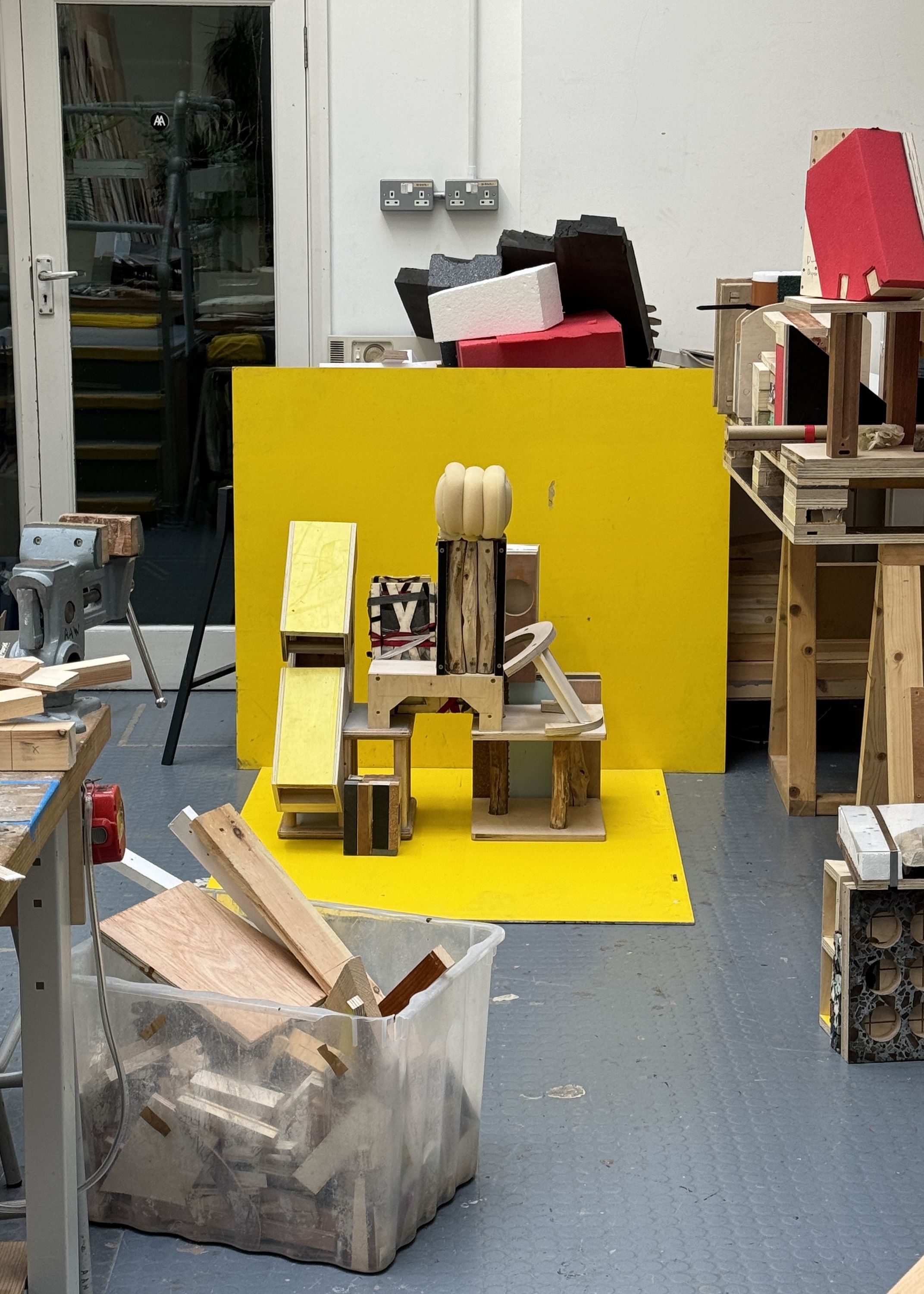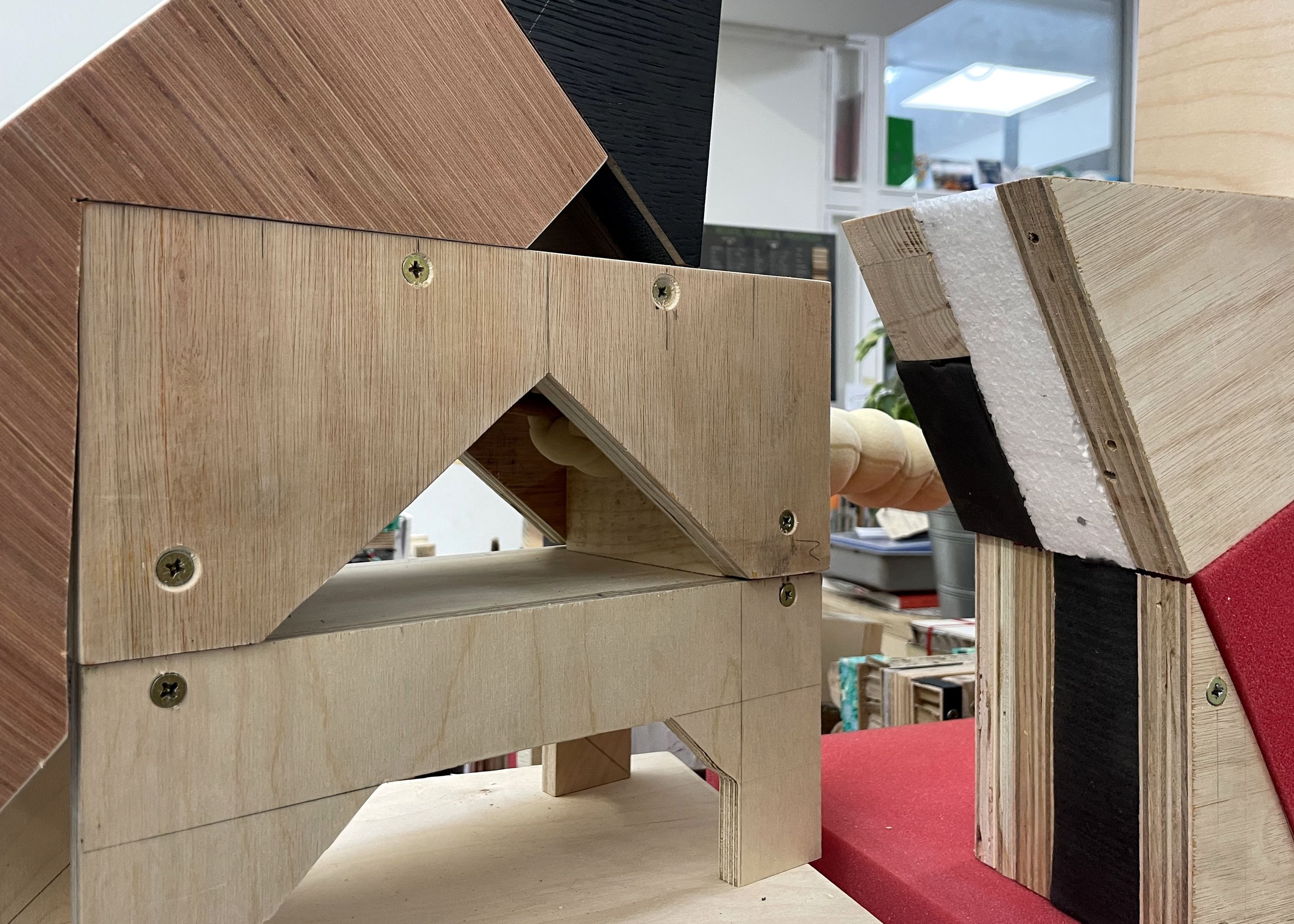Last updated: 19th Feb 2025
Fergus Egan is a graduate from the Architectural Association School of Architecture in London, UK, having graduated from The University of Queensland with a Bachelor of Architectural Design in 2018. His work has been exhibited in Brisbane, Perth, Newcastle and Melbourne in Australia as well as in George Town, Malaysia and Yangon, Myanmar.
Feed
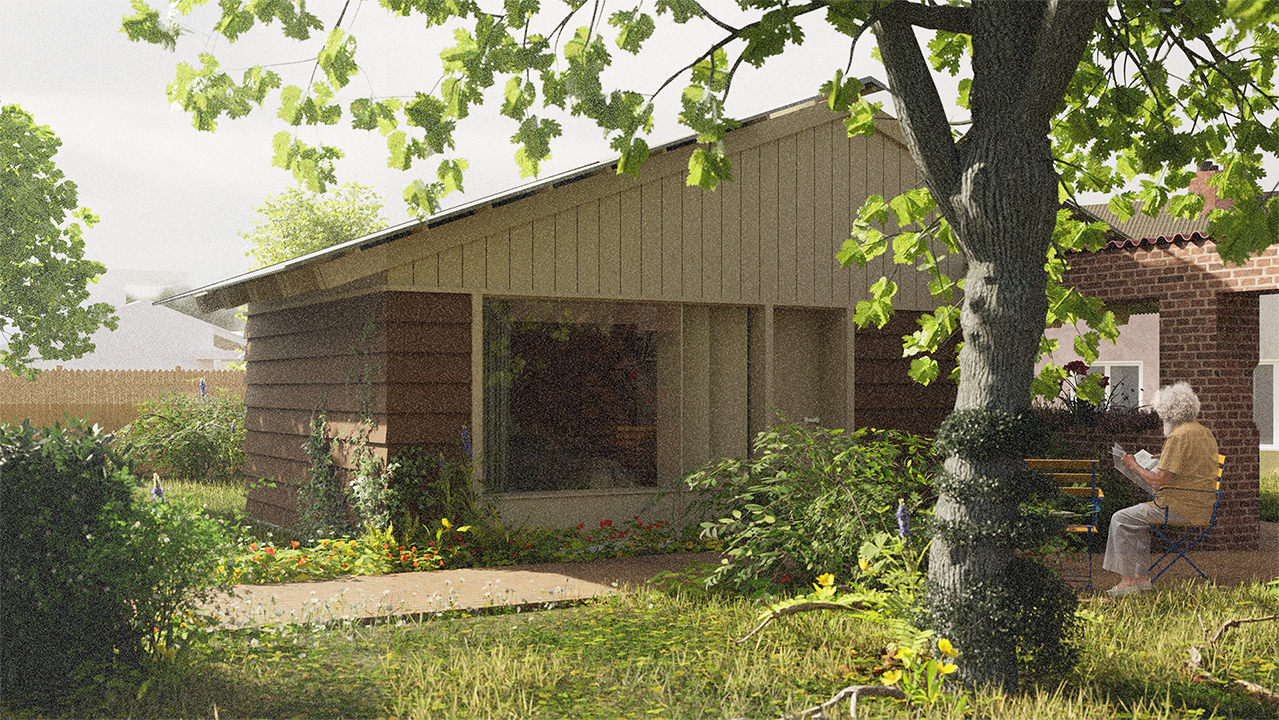

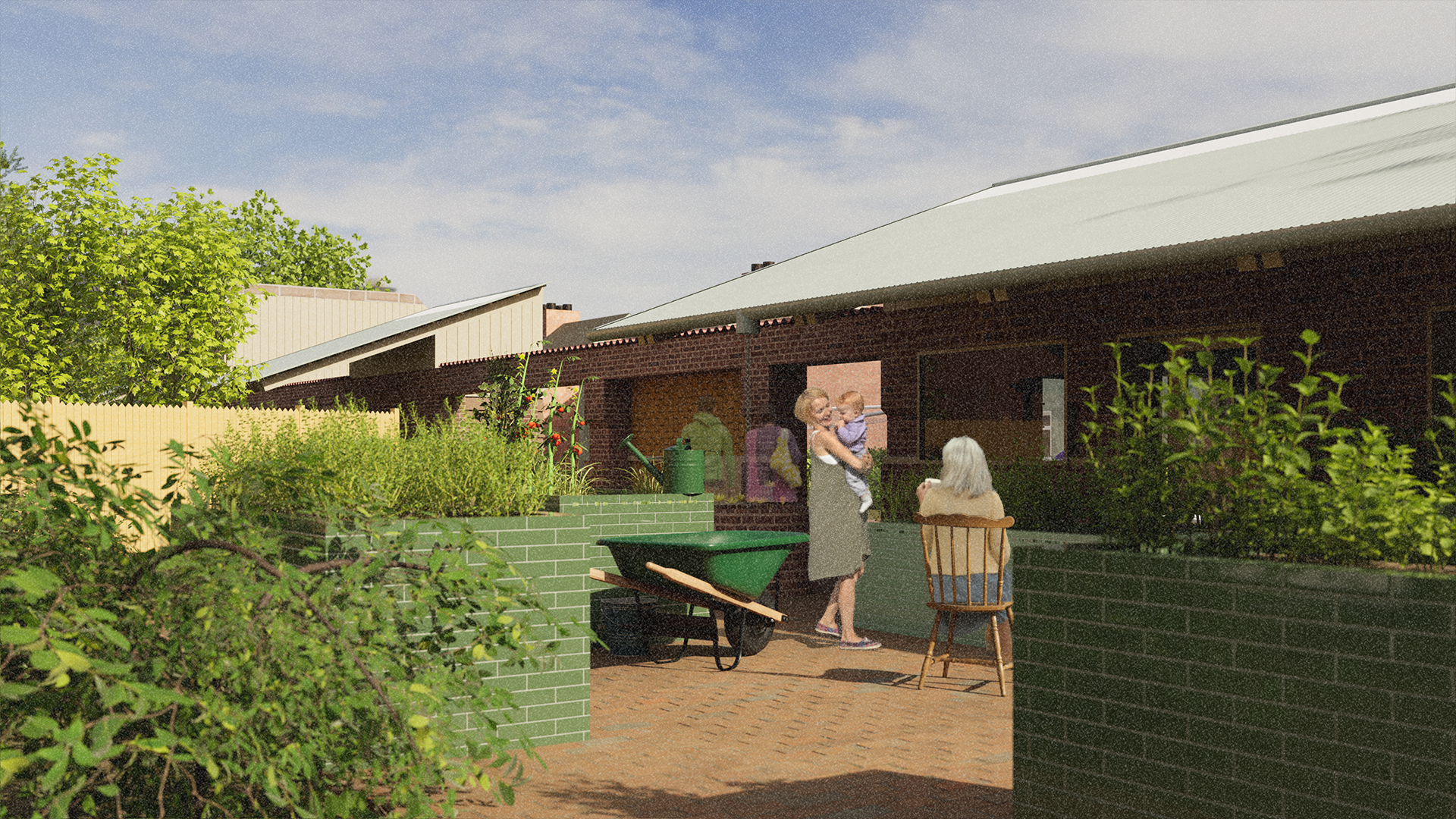
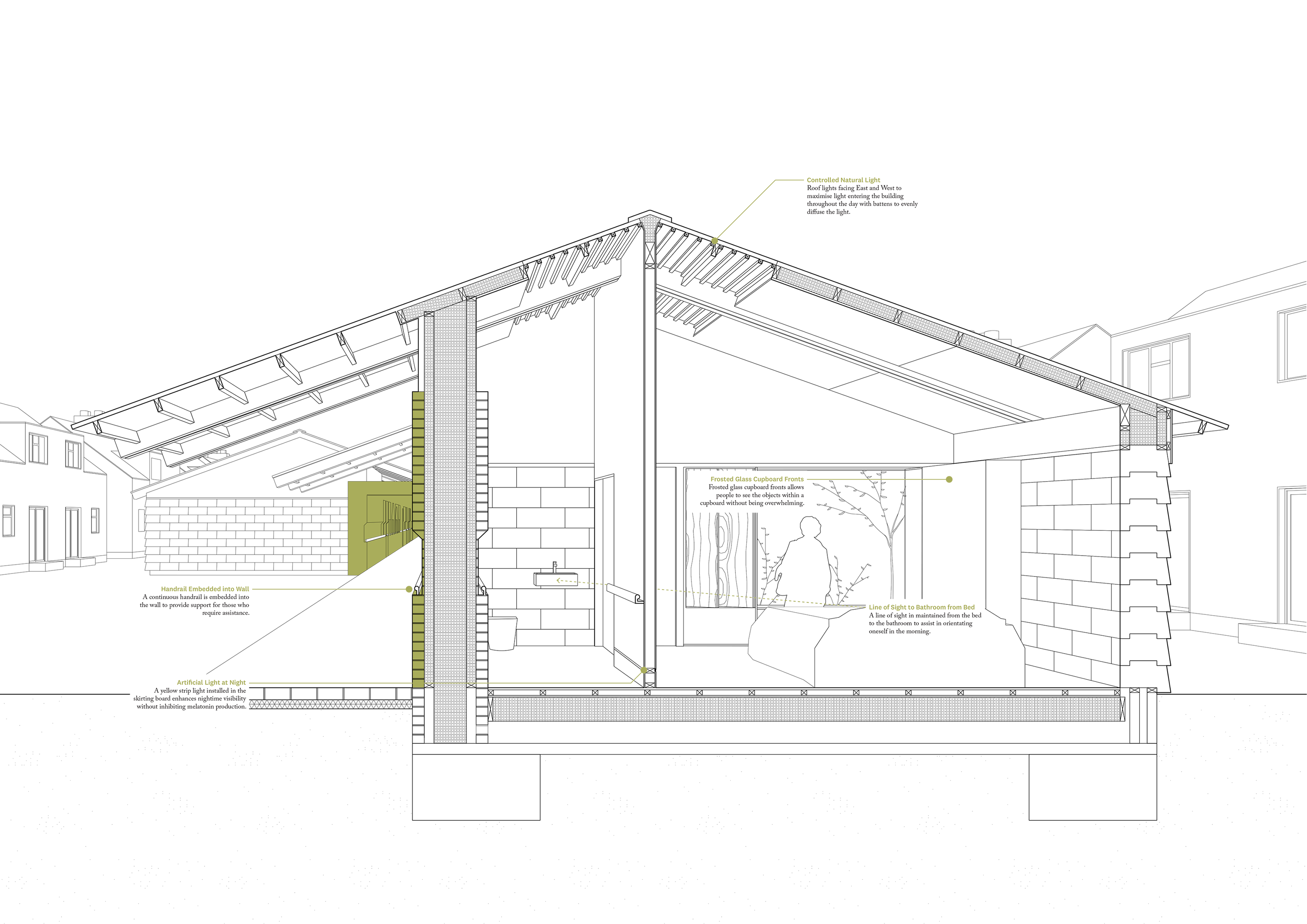

The AA Material Arcade and Swiss architect Sébastien Tripod are responding to a challenge set by the Swiss Embassy and the Design Museum in collaboration with the AA Summer School: design with reclaimed materials a construction game inspiring creativity and community.
From a pallet to a new landscape, and vice versa. The AA Material Arcade and Swiss architect Sébastien Tripod invite you to play with shapes and textures to collectively create a sculpture as part of the London Design Festival on 22 September at the Design Museum. Addressed to adults and children alike, REPLAY questions reuse and its aesthetics, whilst demonstrating how playfulness invites creativity.
The rules are simple: take a piece and place it touching another. If it falls, a new foundation is formed. Players must always work with the existing, leading to a shifting structure shaped by past and present participants — reflective of the process in the development of the project. Once the structure, building or landscape is completed, it’s time to think of reuse and replay. The construction game turns into a puzzle and the puzzle will become a construction game for future players.
